The Museum of Vancouver is an attraction that should be firmly rooted at the top of any history buff’s Vancouver travel itinerary.
That said, even casual visitors are surprised to know our city has a much longer and more interesting history than one would imagine. From the rich, aboriginal culture that seeded our lands to the bright neon lights of the 50’s and beyond there’s a massive story to tell here.
Let’s take a deeper look into what you’ll find visiting the MOA.
Visiting the Museum of Vancouver: Exhibitions, Prices, How to Get There
The Museum of Vancouver

Located on unceded land of the Musqueam, Squamish and Tsleil-Waututh First Nations, the Vancouver area has been home to local indigenous peoples for well over 5000 years.
This award winning civic-history museum aims to teach you about the city before the city, before delving into Vancouver’s dramatic transformation into the stunning metropolis we see today.
Housed in a unique Gerald-Hamilton designed building, the facility is composed of three quadrangles bordering its characteristic conical structure. This extraordinary design is intended to mimic the shape of a traditional Indigenous woven basket hat.
The entrance and lobby of this location is shared with the H.R. MacMillan Space Centre, though the Museum of Vancouver is the larger of the two facilities. This provides you with the perfect opportunity to explore two of the best museums in Vancouver during one trip.
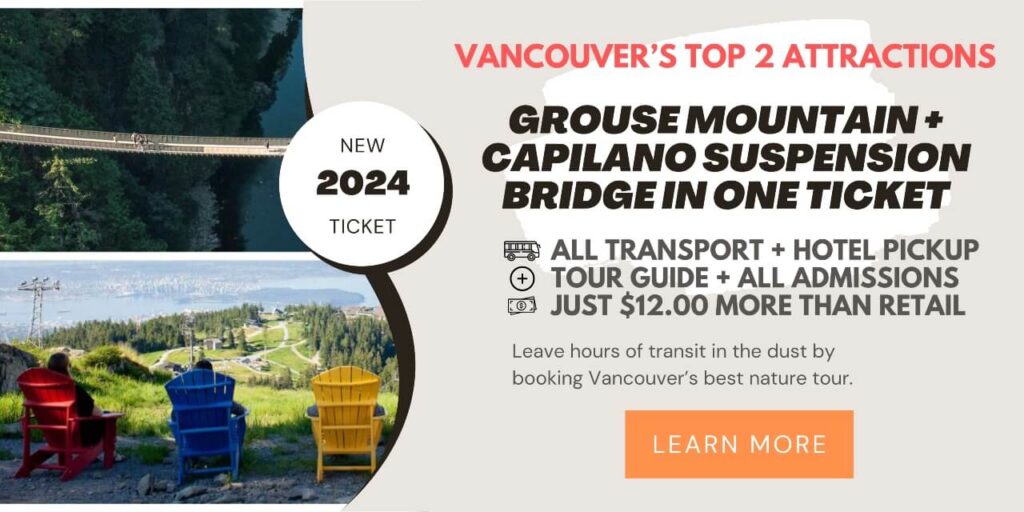
Permanent Collections at the Museum of Vancouver
The museum’s permanent exhibits contain a substantial collection of artifacts, memorabilia and fully-interactive displays examining the history of Vancouver.
As an added bonus, the MOV also houses one of the largest collections of Pacific-Northwest Coast Indigenous artifacts, carvings and antiquities in Canada.
This is all accompanied by a rotating cast of temporary exhibits that cover a wide variety of topics; from Coastal First Nations art to Asian and Egyptian antiquities.
History of the Museum of Vancouver
Originally founded in 1894, the MOV is Vancouver’s oldest museum and the largest civic-history museum in Canada. It was originally housed in the Carnegie Centre on the city’s Downtown Eastside, before moving to a dedicated facility on Burrard Street in 1957.
In 1967, the MOV relocated to it’s current home in Vanier Park, which also houses the H.R. MacMillan Space Centre, the Vancouver Maritime Museum, the Vancouver Archives and the Vancouver Academy of Music.
This unique facility is one of the most immediately identifiable buildings in the city, and is thus considered to be iconic by many Vancouverites.
The MOV has since gone on to become one of the most important cultural institutions in the city, a popular tourist attraction and one of the best things to do in Vancouver.
Museum of Vancouver Prices
The price of admission can be found below.
- Adults (18-64): $20.00
- Seniors (65+): $15.00
- Children (6-17): $15.00
- Children (0-6): Free
If you click through to our partners at Tiqets using the orange button, you can read tons of MOA ticket buyer reviews and get the best price online.
You’ll also be doing us a huge favour (at no extra cost to you) to help us cover costs and the thousands of hours we’ve put into creating this free resource.
Students must possess valid ID.
The MOV is free for individuals who self-identify as Indigenous.
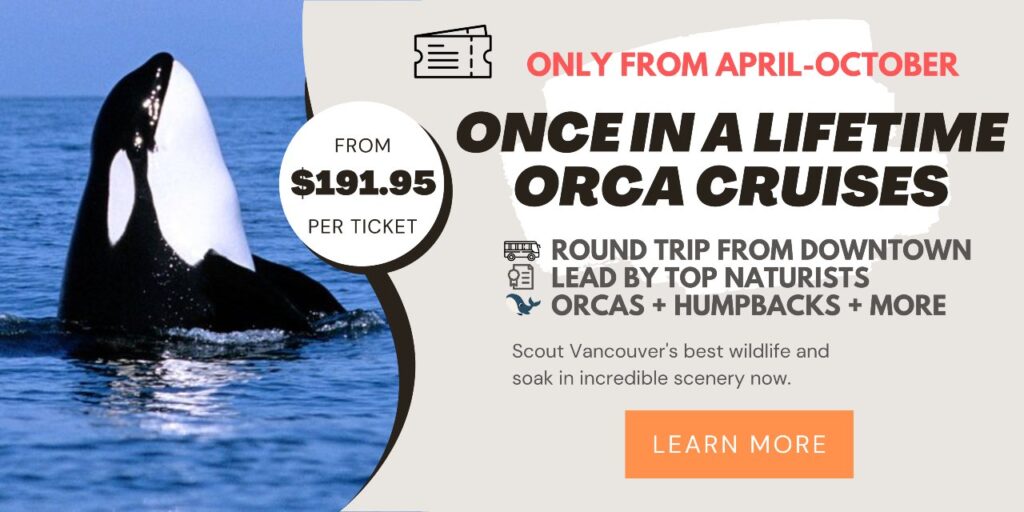
Museum of Vancouver Pay What You Can Nights
Admission on the last Thursday of every month is by donation only from 5:00pm – 8:00pm.
This is one of the best deals in the city, so we’d highly recommend taking advantage if you’re here on one of these dates.
Museum of Vancouver Exhibits
Ćəsnaʔəm
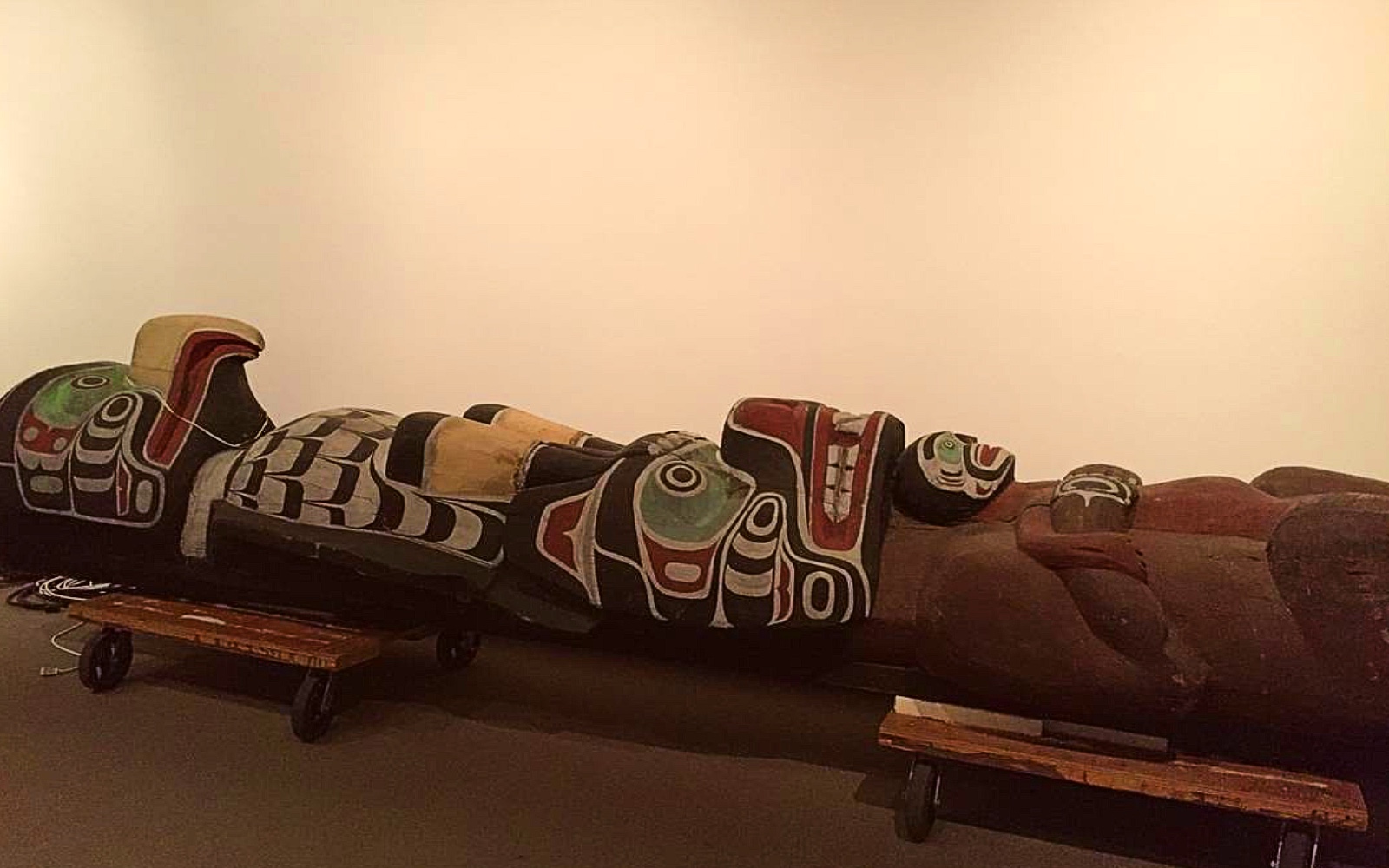
Vancouver is located on unceded Coast Salish territory. This means that indigenous land title in the area was never ceded through war, treaty or surrender.
In fact, before the arrival of the British, the Vancouver area was home to a number of vibrant settlements of the Squamish, Tsliel–Waututh and Musqueam First Nations.
Consequently, Ćəsnaʔəm, the city before the city is the first exhibit in the history gallery at the Museum of Vancouver. After all, how can you understand the history of the city of Vancouver without understanding what came before it?
A collaborative effort between the MOV and the Musqueam First Nation, Ćəsnaʔəm aims to generate public discussion and awareness about indigenous history and culture.
Highlights
- Over 1500 bone, stone and shell artifacts
- Interactive 3D modelling displays
- Hən’q’əmin’əm language lesson
- The opportunity to “meet” community members through recorded interviews
The exhibit attempts to analyze the artifacts through the lense of colonialism and “right history” by allowing the Musqueam First Nation the opportunity to share their own knowledge, culture and history.
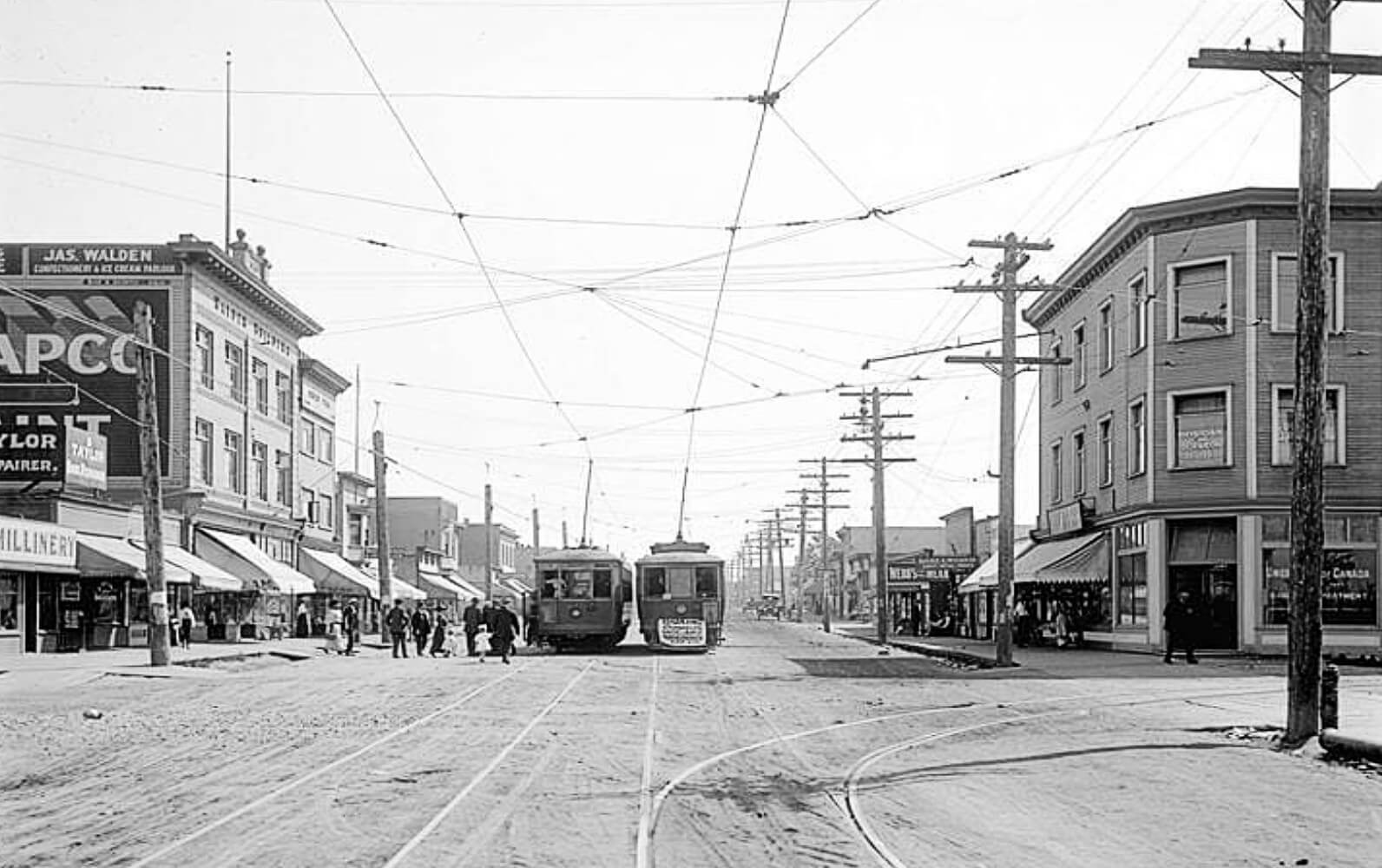
1900’s-1920’s: Gateway to the Pacific
This exhibit explores a time when Vancouver was transforming from a backwater pioneer outpost to a vital Pacific gateway for Canada and the entire British Empire.
As the newly crowned hub of the Canadian Pacific Railroad and Canada’s main Pacific Port, Vancouver was in the midst of it’s first real estate frenzy, with streetcars springing up in every direction.
Large groups of Chinese, Japanese and South-Indian migrants arrived with the promise of jobs in this booming port city. Learn about the deep prejudices they faced in the Komagatu Maru incident and the Anti-Asiatic Riot of 1907.
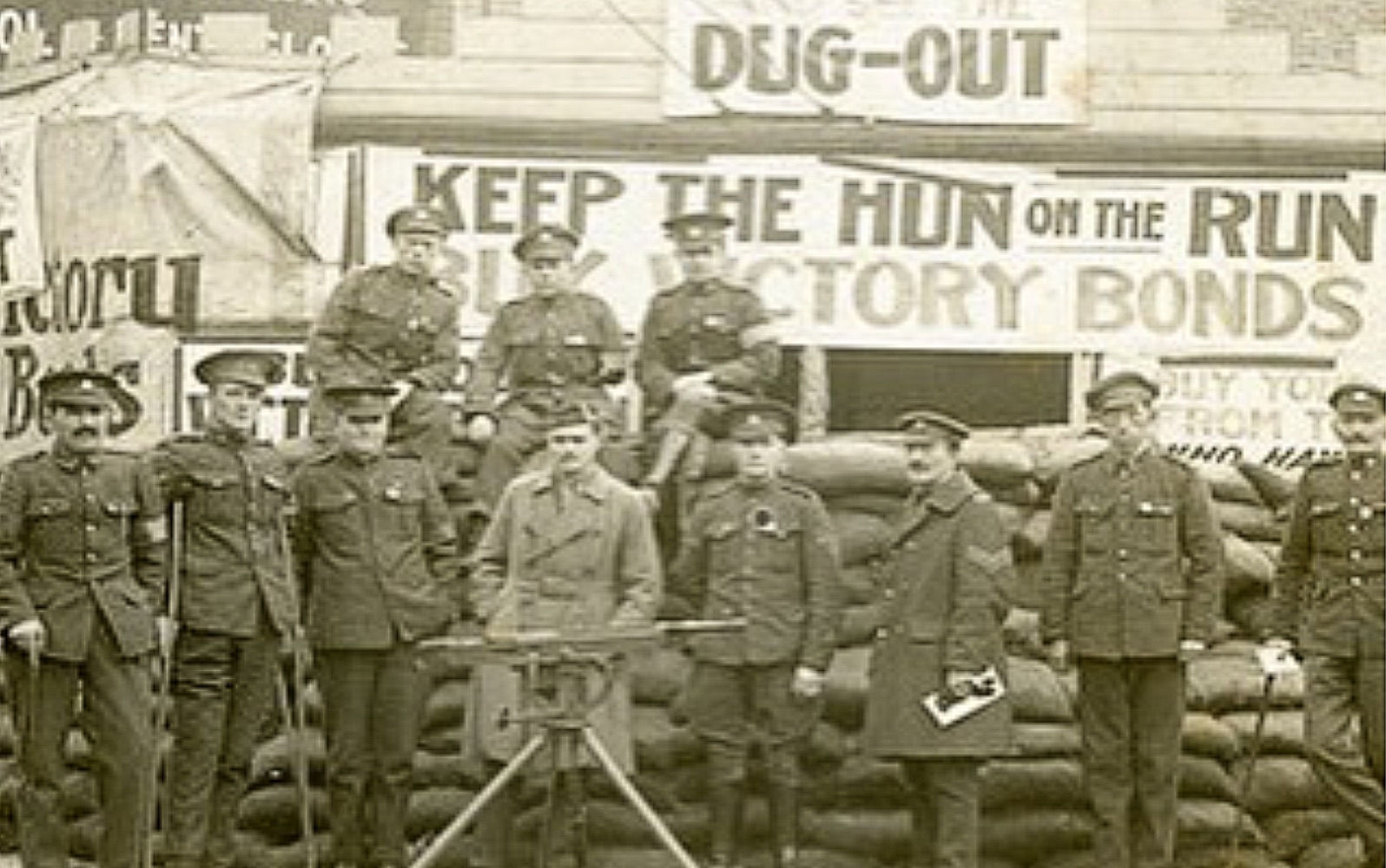
1930’s-1940’s: Boom, Bust and War
In 1929, the City of Vancouver joined the neighbouring towns of South Vancouver and Point Grey, to give us the city we see today.
However, shortly after came the crash of 1929, bringing in a time of lost jobs, evictions and foreclosures. This exhibit explores what life was like in depression era Vancouver.
The arrival of World War 2 welcomed boom times back to the city, with it’s wealth of natural resources and extensive shipbuilding industry.
However, it also gave impulse one of Canada’s greatest shames, the wartime internment of Japanese-Canadians. Listen to their stories and marvel at their courage in this particularly poignant section of the history galleries.

1950’s: The 50’s Gallery
Experience the hopeful dreams of post-war Vancouver in the neighbourhood of Fraserview, where returning veterans move into a glut of new housing.
Watch as the city transforms itself, with the removal of the majority of it’s streetcar lines in favour of the automobile.
Did you know that in the 1950’s Vancouver had approximately 19,000 neon signs? That is more than the city of Las Vegas!
While some believed that these lights signalled excitement and sophistication, others felt they were a blight on the city’s natural beauty. The later argument eventually won out, and most of the lights would eventually be removed.
However, in the Neon Vancouver Gallery, the MOV has accumulated an extraordinary collection of signs which they have rescued from the junkyard.
This popular exhibit provides visitors with a glimpse at many of the original signs for an insight into a phenomenon unique to post-war Vancouver.
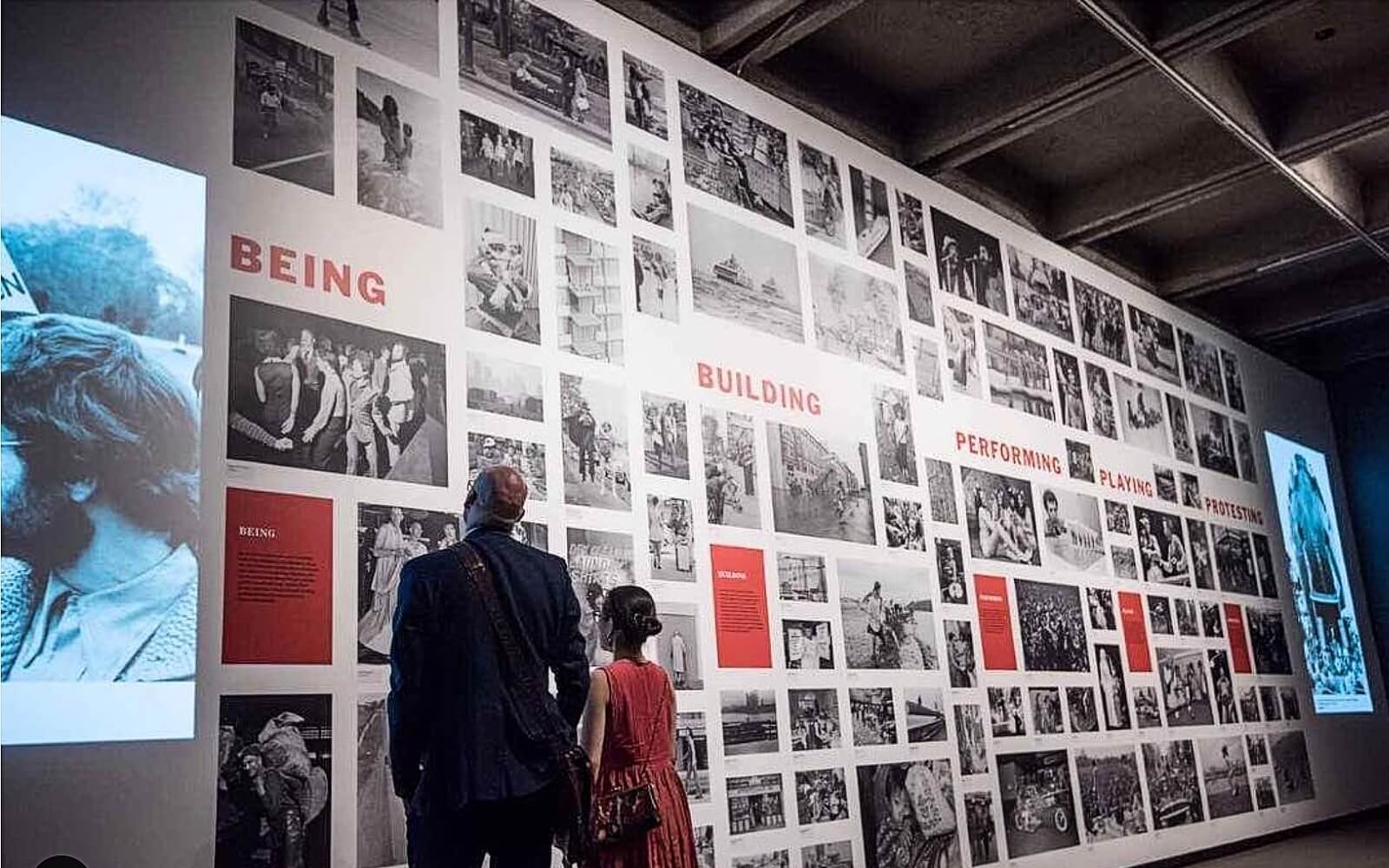
1960’s-1970’s: You Say You Want a Revolution
In the 1960’s and 70’s Vancouver became the hippie capital of Canada and a destination for youth seeking an alternative way of life.
Due to its cheap rents and tolerant atmosphere, Kitsilano became Canada’s answer to Haight-Asbury. Visit a model of a hippie house, try on some hippie clothing and listen to a selection of Vancouver bands from the era.
Later on in the 1970’s Vancouver almost changed forever. A proposal called for the destruction of Vancouver’s most historic neighbourhoods; Gastown and Chinatown. They were to be replaced with an American-style freeway along the city’s waterfront.
See how Vancouver’s counterculture movement banded together with business owners and area residents to defeat the proposal, resulting in the saviour of these historic districts.

Wild Things
Vancouver is uniquely situated in an ancient rainforest at the confluence of the North Shore Mountains and the Pacific Ocean.
As a consequence, it is no surprise that nature plays a very strong role in the lives of Vancouverites.
The Wild Things Gallery delves into the stories of how local plants and animals manage to relate to each other and connect urban residents to nature.
The gallery possesses a scenic design and houses numerous interactive displays, taxidermy models and crowd sourcing technology to breath life into it’s tales of co-habitation and perseverance.
Visitors are encouraged to examine their relationship to the natural environment and disengage themselves from their devices in the pursuit of equilibrium with the natural world.

Haida Now
Running until April 2020, the Haida Now Gallery is a presented in partnership with the Haida Gwaii Museum. A visual feast of innovation and tradition, the exhibit displays over 450 works of Haida Art, a number unparalleled in any other museum.
Featuring guest curation by Haida chief Kwiaahwah Jones, the gallery allows local Haida artists the opportunity to share their insights and knowledge about their spectacular pieces.
This is a must see exhibit for fans of First Nations art and history.
Museum of Vancouver Tours
The Haida Now exhibit also offers complimentary 30 minute tours. This presents visitors with the unique opportunity to hear local artists discuss the key images and themes found throughout their works.
These tours come highly recommended.
Hours
- Winter (Oct-Apr)—–11:30am & 1:30pm (Fri-Mon)
- Summer (May-Sep)–11:30am & 1:30pm (daily)
- *Tours are free with admission
If you don’t see anything that tickles your fancy, there is always a rotating cast of temporary exhibitions at the Museum of Vancouver.

